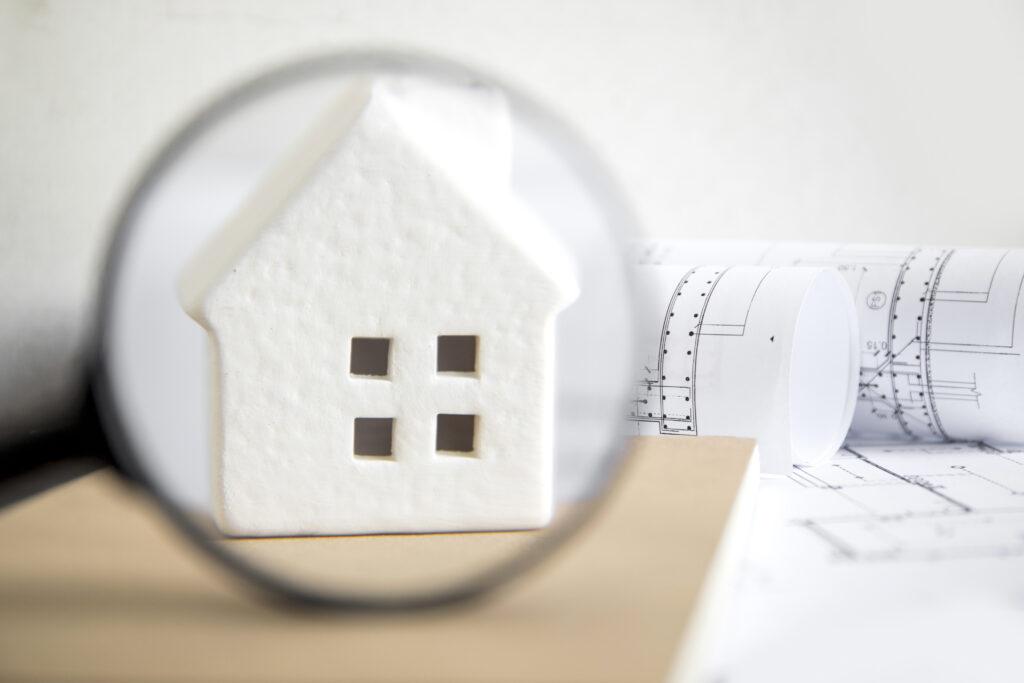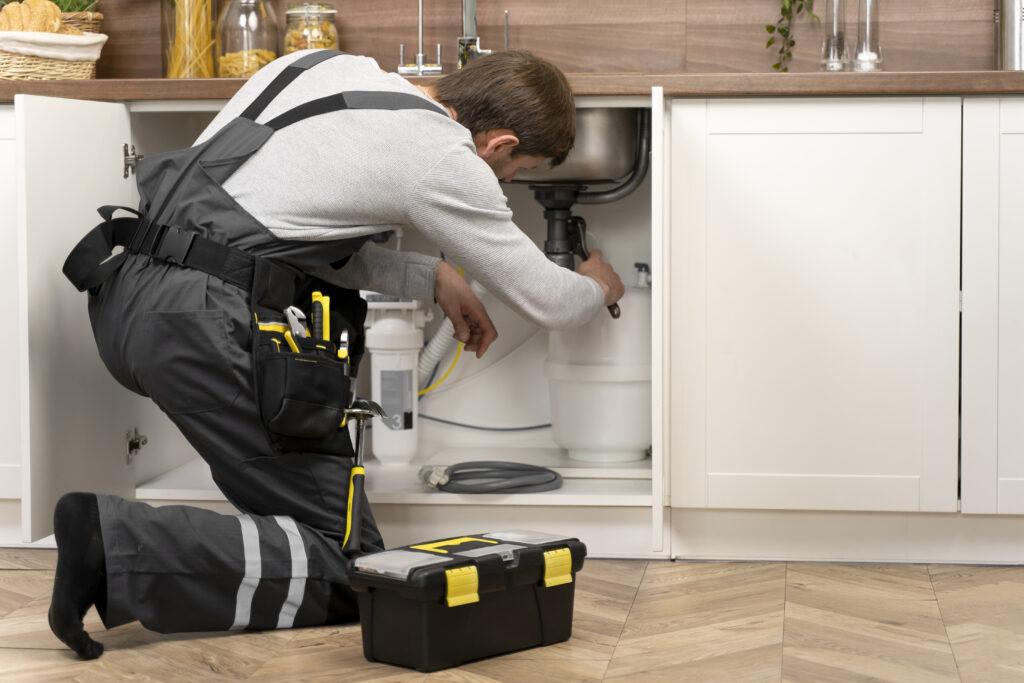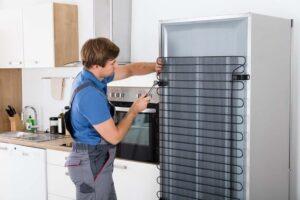
Cost of Living in Vancouver 2024: What Salary is Considered Good in British Columbia?
Cost of Living in Vancouver 2024: What Salary is Considered Good in British Columbia? Ever thought about moving to Vancouver and then realized, “Wait, can I even afford that?” 😅 Well, you’re not alone! Vancouver might be one of the most beautiful cities in Canada, but it sure comes with











